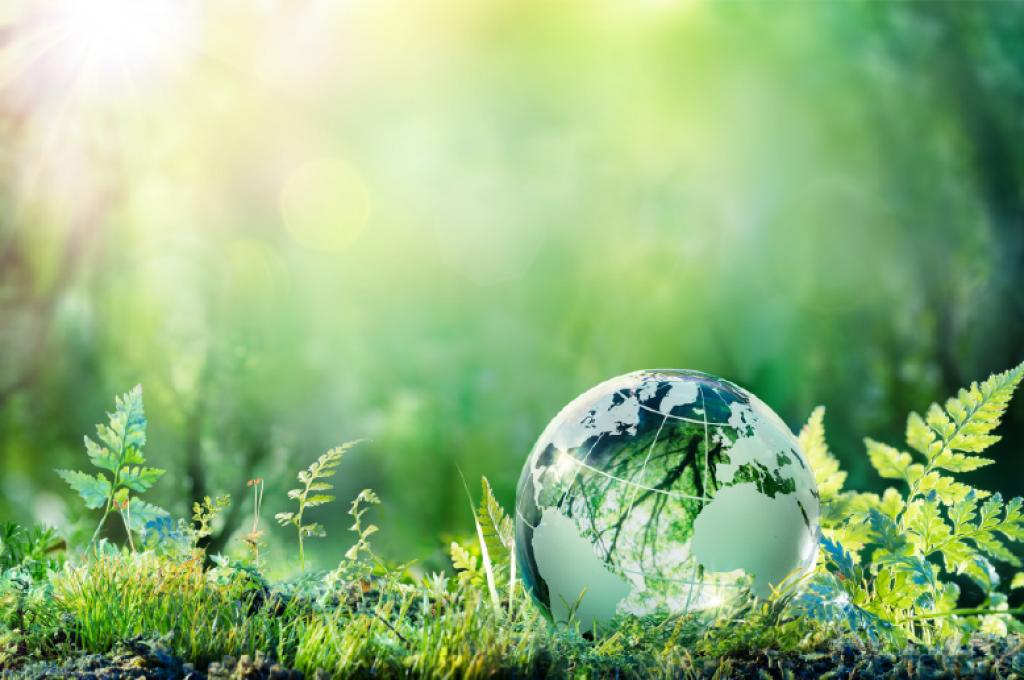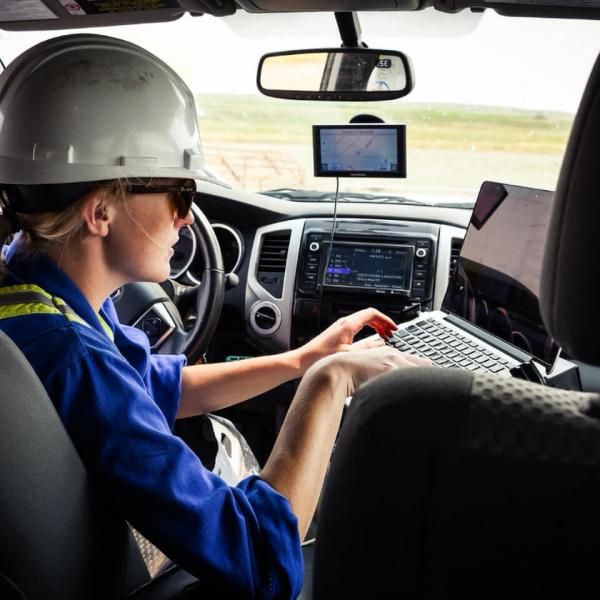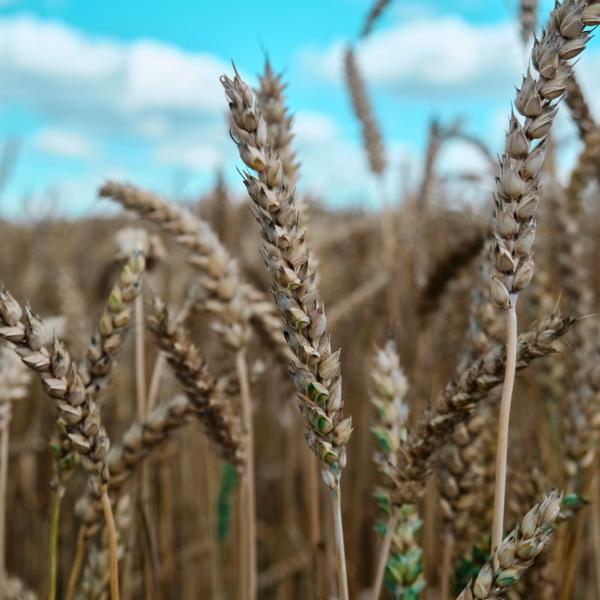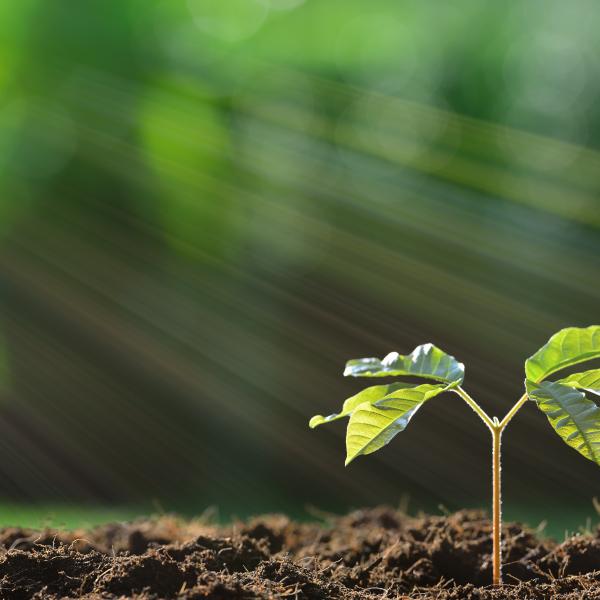If you can’t measure it, you can’t manage it.
That’s the philosophy that led three St. Francis Xavier University scientists to found Eosense, a company that designs and manufactures devices for measuring greenhouse gas emissions.
Created in 2010, the Dartmouth, N. S., company now employs 12 people and sells its devices all over the world.
“We’ve seen steady customer and revenue growth since the beginning,” says Eosense president Nick Nickerson. “We like to keep things local. We have around 10 suppliers in the Halifax-Dartmouth area that produce the majority of our components… [The devices] get assembled and calibrated here, and we do everything ranging from sales to technical support to R&D here in Dartmouth.”
Nickerson became involved in measuring greenhouse gas emissions in the early 2000’s, as a graduate student in Dave Risk’s CFI-funded Flux Lab in St. Francis Xavier’s Department of Earth Sciences.
Risk’s team was seeking ways to measure soil emissions of carbon dioxide in field conditions that included snow, extreme temperatures, and lack of access to the electrical grid. Since no existing sensors could cope with those conditions, they invented a rugged, lightweight device with no moving parts, capable of running on batteries or solar power. The device — later dubbed the “eosFD soil CO2 flux sensor” — measures the diffusion of carbon dioxide across a semi-permeable membrane, and uses that measurement to calculate the emissions emanating from the soil.
The Flux Lab team first deployed the device at an industrial carbon dioxide capture-and-storage project in Weyburn, Sask., to test whether the gas was leaking out of the underground storage reservoirs. The university patented the device, and Risk, Nickerson and Gordon McArthur, another graduate student, founded the company to commercialize it. Now, Eosense devices are used by researchers and industry world-wide.
“We knew that we would use it for research in the Flux Lab,” says Nickerson. “But that it wouldn’t make it into the wide world without some drive from a company, putting it out on the market place.”





